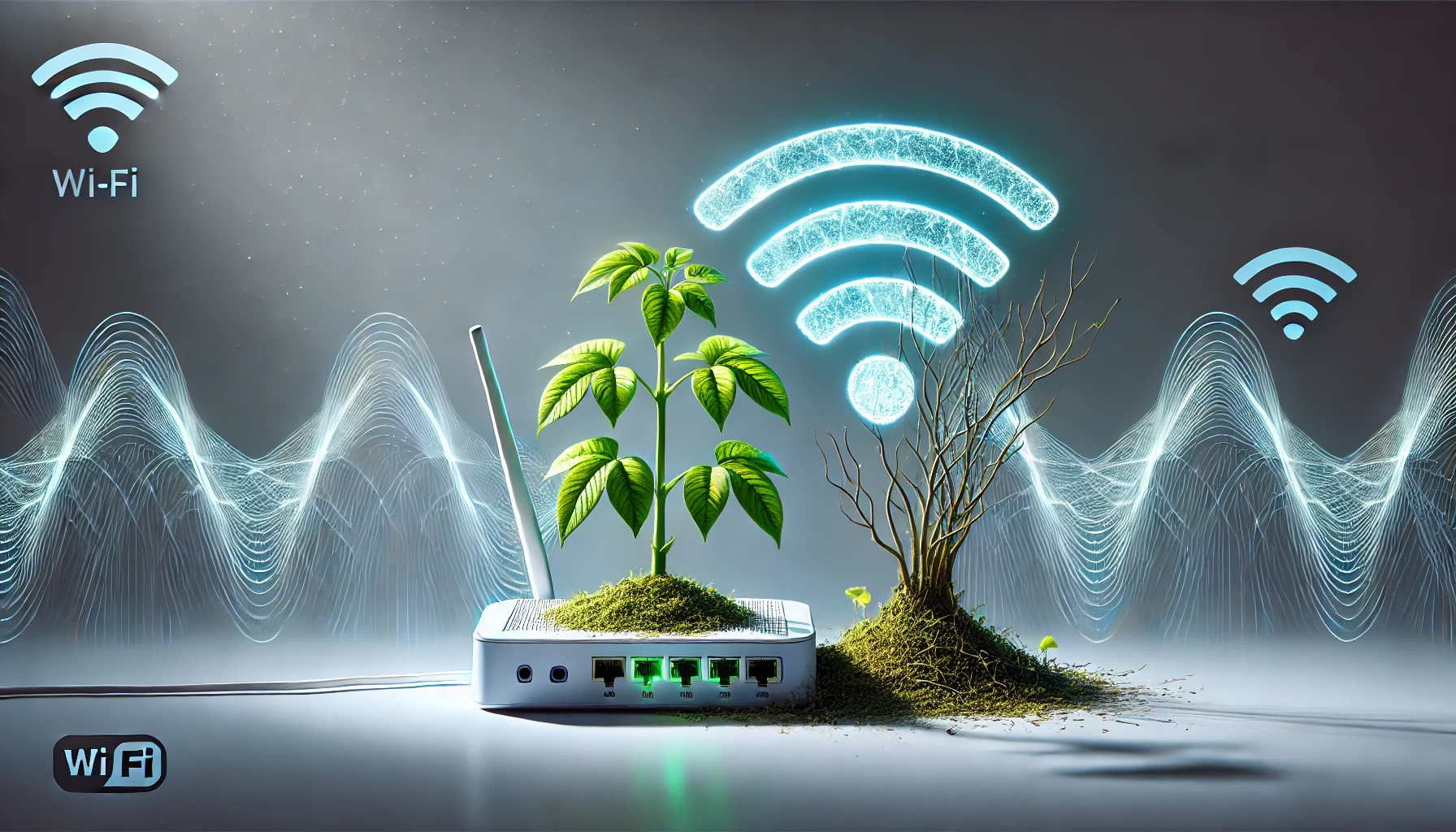In recent years, concerns have emerged regarding the potential biological effects of Wi-Fi radiation. While Wi-Fi technology has become an indispensable part of modern life, studies suggest that prolonged exposure may have unintended consequences on both plant and animal health. Although more extensive research is required to reach definitive conclusions, early findings indicate the need for cautious awareness.
The Experiment That Sparked Concern
One of the most notable experiments shedding light on this issue was conducted in 2013 by a group of students in Denmark. Their study observed the growth of cress seeds placed in proximity to Wi-Fi routers. The results were striking: seeds exposed to Wi-Fi radiation struggled to grow, with many failing to germinate or dying altogether. In contrast, seeds kept away from the routers exhibited normal, healthy growth. This small-scale experiment raised important questions about how wireless radiation may influence plant development and biological processes at a cellular level.
Potential Health Implications for Mammals
Beyond plants, studies have also examined Wi-Fi’s impact on mammals, including humans. Some research suggests that prolonged exposure to Wi-Fi radiation may lead to oxidative stress, a condition in which an imbalance of free radicals and antioxidants in the body causes cellular damage. Oxidative stress has been linked to various health issues, including inflammation, neurodegenerative disorders, and even DNA damage.
A number of studies have examined how Wi-Fi signals interact with mammalian tissues. Some researchers argue that electromagnetic frequencies from Wi-Fi devices may interfere with cellular function, potentially leading to changes in metabolism, sleep patterns, and cognitive function. However, the results remain inconclusive, and there is no universally accepted scientific consensus on whether Wi-Fi exposure directly contributes to severe health risks.
The Need for Further Research
Despite these findings, health and safety organizations, including the World Health Organization (WHO), maintain that there is currently no solid evidence proving that Wi-Fi exposure poses significant health risks to humans. While some studies have reported potential biological effects, many experts emphasize the need for more comprehensive and large-scale research before drawing firm conclusions.
The effects of electromagnetic fields (EMFs), including those emitted by Wi-Fi devices, continue to be a subject of debate in the scientific community. Some researchers believe that low-frequency electromagnetic radiation, such as that from Wi-Fi routers and mobile devices, is unlikely to cause harm at typical exposure levels. Others argue that long-term exposure, particularly in close proximity to devices, could have subtle but cumulative effects on biological systems.
Practical Steps to Minimize Exposure
Given the ongoing uncertainty surrounding Wi-Fi’s effects on health, some individuals and researchers advocate for precautionary measures. Simple steps can be taken to reduce unnecessary exposure to wireless radiation, including:
- Placing Wi-Fi routers at a safe distance from frequently occupied areas, such as bedrooms and study spaces.
- Turning off Wi-Fi devices when not in use, especially at night.
- Using wired internet connections instead of wireless networks when possible.
- Reducing screen time and limiting direct contact with electronic devices.
While these steps are not mandatory, they offer a proactive approach for those who prefer to err on the side of caution until more definitive research is available.
Conclusion
The discussion around Wi-Fi’s potential impact on health is far from settled. While early studies suggest that prolonged exposure to Wi-Fi signals could affect biological processes in plants and animals, there is no concrete evidence confirming serious risks to human health. As technology continues to evolve, ongoing scientific investigation is crucial to understanding the full scope of Wi-Fi radiation’s effects. Until then, staying informed and adopting reasonable precautions may be the best course of action for those concerned about potential risks.










